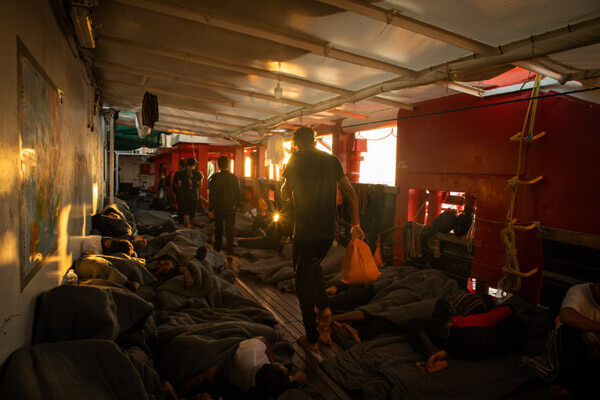Kongsberg Maritime wins tender to deliver technology solutions and azimuthing thrusters for two innovative new offshore windfarm CSOVs. KONGSBERG has secured an approx. NOK 64M contract with Norwegian vessel operator Olympic to equip two new Construction Service Operation Vessels with an appropriately innovative technology suite.
Two KONGSBERG US 205 PM L FP L-drive azimuthing thrusters will be situated fore and aft in the TWIN X-STERN double-ended hybrid-powered vessels.
The KONGSBERG US thruster family has set the industry standards for decades being one of the company’s all-time best selling propulsion products. The range has been constantly evolved and upgraded over that time and the recently introduced PM model offers significant energy savings thanks to its vertically orientated permanent magnet motor mounted directly above the thruster.
KONGSBERG’s integrated technology solution will be integral to the vessel’s operational effectiveness. The suite will include dynamic positioning, navigation, thruster control and information management systems, all enhanced by inbuilt measures to improve efficiency and safety.
Central to the solution is KONGSBERG’s Integrated Vessel Control System. This integrates K-Pos – Dynamic Positioning System, K-Thrust – Thruster Control System and K-Bridge, operating on the vessels’ intuitive K-Master Integrated Workstation Consoles.
The vessels will be owned and operated by Norway-based Olympic, which has operated a specialist fleet in the subsea service and renewable energy markets since 1996. The project marks an important milestone in the development of the Norwegian Maritime Cluster, with Olympic, Ulstein Design & Solutions AS, Ulstein Verft and KONGSBERG all bringing their unique world-leading, but Norwegian-grown expertise and capabilities to the vessels.

“It’s a real honour for KONGSBERG to play such an important role in leveraging the benefits that these vessels will bring to the offshore wind industry. The vessel design is a great fit with the integrated solution from Kongsberg Maritime. The four identical US thrusters with our advanced Windfarm DP functionality, enable high speed manouvering in both forward and aft direction. This will reduce the time- and energy needed for transit between turbines.”Bård Bjørløw, EVP Global Sales and Marketing, Kongsberg Maritime
“We are very pleased to continue our cooperation with Kongsberg Maritime,” says Runar Stave, Chief Technical Officer, Olympic. “We have a tradition of innovating with KONGSBERG and these vessels represent the next generation in CSOVs. They are the result of a unique Norwegian maritime cluster, where our extensive offshore wind experience has combined with top tier ship design and world-class equipment, all brought together by one of the world’s leading builders of such vessels.”
Source: https://www.maritimeeconomy.com







